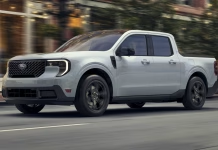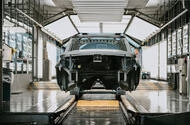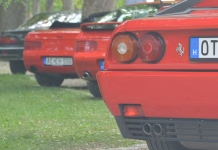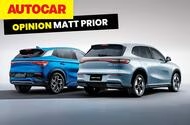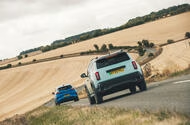Is It Legal to Ride a Motorcycle With Headphones? State Laws Explained
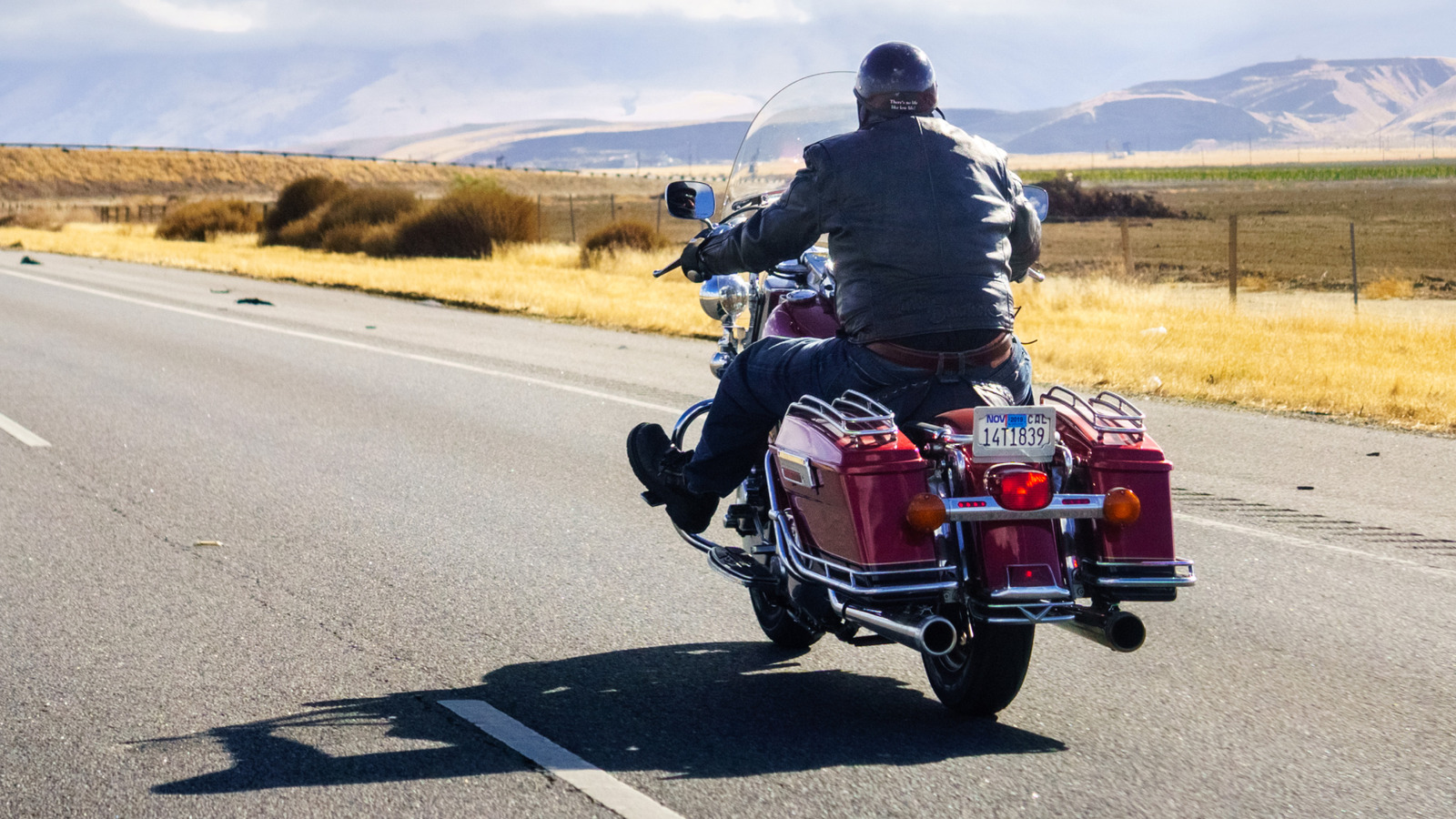
The Forgotten Genius of the Vegetable Oil Powered Engine

Top 5 Most Affordable New Pickup Trucks You Can Buy This Year
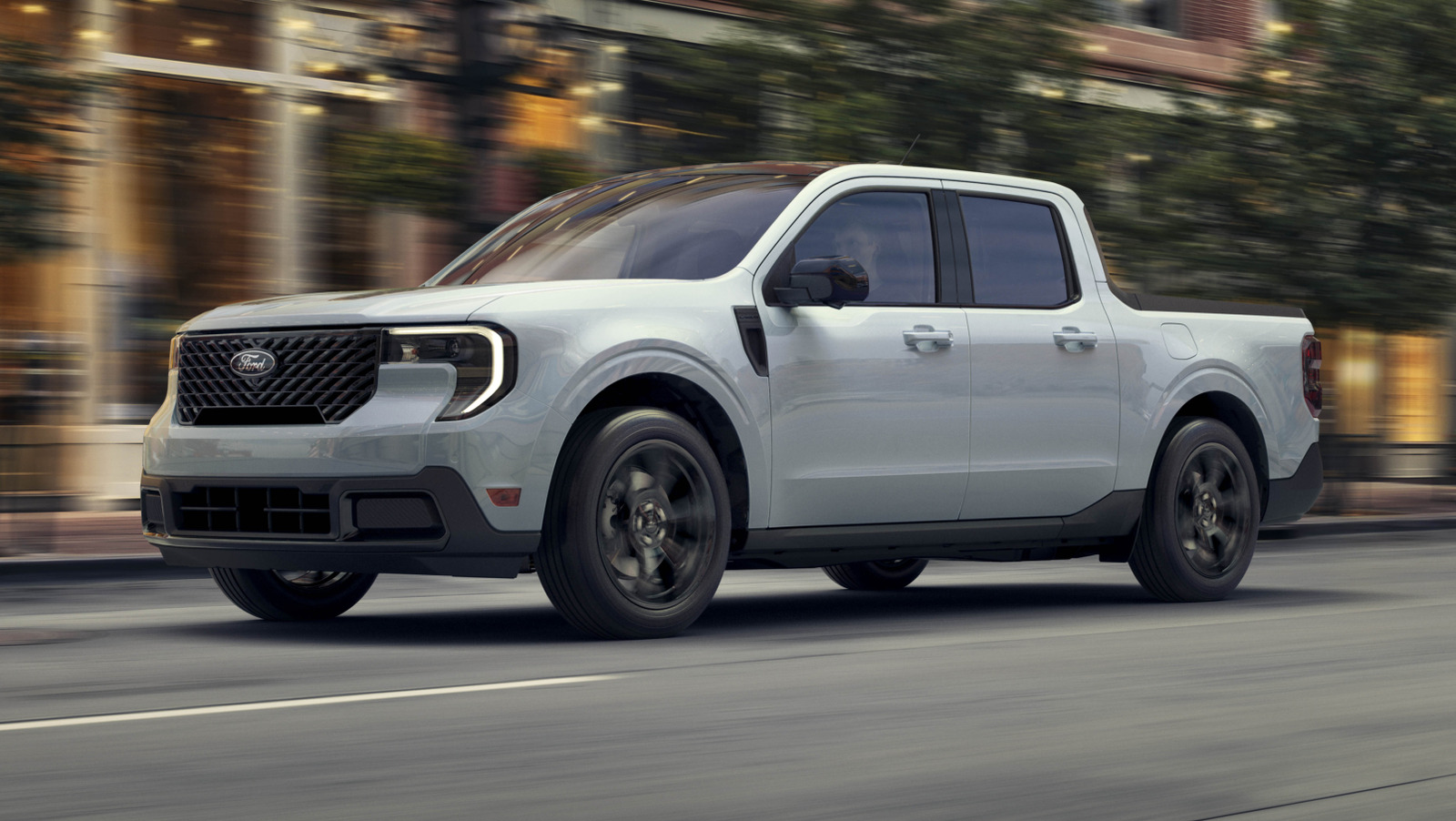
Land Rover Production Halted by Major Cyberattack as Hackers Target IT Systems and Customer...
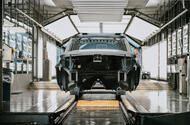 No new Land Rover cars are able to be made or registered as manufacturer races to solve global system fault
No new Land Rover cars are able to be made or registered as manufacturer races to solve global system fault
Jaguar Land Rover is working with cybersecurity specialists and the police following a targeted cyber hack which has shut down production until at least Tuesday.
The British brand has been rebuilding its internal IT systems since they were breached on Monday, which also caused dealer sales, handovers and parts ordering to stop.
Autocar understands dealers are now manually registering cars while the systems remain down. Meanwhile, the majority of workers at JLR’s production sites in the West Mldlands and Merseyside have been told not to return to work until 9 September.
JLR told Autocar in a statement on Saturday that “our retail partners remain open”, adding: “We continue to work around the clock to restart our global applications in a controlled and safe manner following the recent cyber incident. We are working with third-party cybersecurity specialists and alongside law enforcement.
JLR hack: what happened?
On Monday, hackers claimed to have exploited a flaw in the British car maker’s IT system.
In an effort to combat the hack, JLR said it began “shutting down our systems” on Tuesday and is still in the process of rebuilding them. JLR was unable to confirm a timescale for the fix.
Autocar understands that this caused production to stop at the Halewood technology site as well as the Solihull plant, where the Range Rover and Range Rover Sport are built. JLR wouldn’t comment on the claims.
The Liverpool Echo reported that a notice sent to Halewood workers on 4 September told staff to stay away, with a plan to "attend work as normal on Tuesday September 9 unless informed otherwise".
The issues are also affecting dealers, who are unable to order parts, can't code parts they do have to cars, and are unable – in some instances – to complete customer handovers.
In addition, they are having to manually register vehicles. This involves phoning the DVLA in each instance.
Autocar first reported the issues affecting JLR on 1 September, when dealers couldn't register new cars on 'new plate day' , traditionally one of the year's busiest for registrations.
JLR's public-facing website appears to be fully operational, including the car configurator.
Who has claimed responsibility?
On 3 September, Scattered Spider – the group that hacked Marks & Spencer in May, causing seven weeks of disruption and costing £300 million in lost operating profit – claimed responsibility for the attack on JLR.
Along with fellow hacking group Shiny Hunters, it claims to have obtained customer data after exploiting a similar flaw in JLR’s IT system, The Telegraph reports.
The claim was made on a Telegram messenger group, where a user linked to the hackers posted a screenshot of what appeared to show JLR's internal system.
A member of the group told The Telegraph that a well-known flaw in SAP Netweaver - third-party software used by JLR - was exploited to access the data.
US cyber agency CISA warned about the flaw earlier this year. An update for the software was released, but whether JLR applied it is unknown.
It's also not known what data was taken or if a ransom demand has been made.
JLR told Autocar in a statement on 3 September that “there is no evidence any customer data has been stolen”.
According to The Telegraph, the hacking groups are believed to be made up of teenagers from English-speaking countries.
What That Burning Smell From Your Car Really Means

Surprising 1990s Cars That Are Soaring in Value
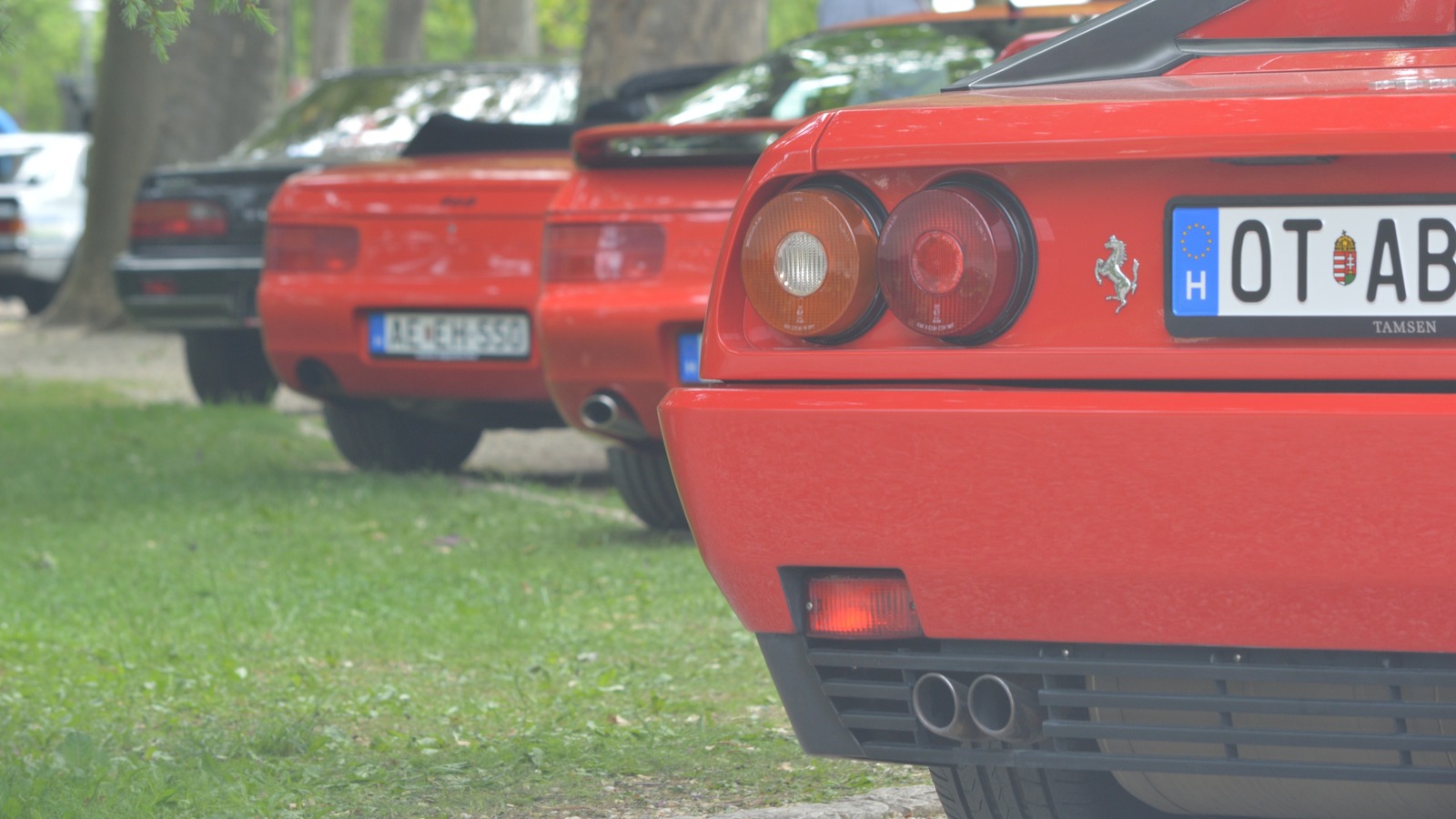
Do Trickle Chargers Really Boost Your Car Battery’s Lifespan?

Why Modern Cars All Look the Same and Why It’s Getting Worse
 BMW’s XM isn’t pretty, but at least you’d spot it in a line-up of Chinese SUVs
BMW’s XM isn’t pretty, but at least you’d spot it in a line-up of Chinese SUVs
Please tell me it’s not just me, dear reader, who sometimes looks at a new car – something I do on a more than occasional basis – and with the best will in the world couldn’t say what it is.
There are so many more new cars than there used to be, so many more of them are crossovers than they used to be and, by gum, so many of them look the same that I am, on occasion, utterly lost. I can’t tell one from another.
This is a new experience for me. I always proudly thought that if I witnessed a robbery I’d be able to tell the police what make, model and trim level a getaway car was, and I’d probably be able to name its colour and wheel design. Actually that may be a bad example, because I already know it will be an Audi RS3.
But let’s say an anonymous grey crossover is involved in a hit and run and a nearby copper asks me for a statement about what car was involved. I increasingly fear I’d have to shrug and offer up a simple: “Haven’t a clue, mate. One of those new electric SUVs. I think.”
Strictly speaking, thinking that all cars look the same isn’t a new phenomenon. In an issue of Performance Car I bought back in the early 1990s, the magazine printed a series of silhouettes of D-segment hatchbacks from the time: a Ford Mondeo, a Nissan Primera, a Toyota Carina and so on.
Their gag was that if you could identify none of them from their outline alone, you were a true Performance Car reader. But if you could tell most of them apart, you were an Autocar & Motor reader.
But while not a new thing, I think events have recently progressed at speed. I don’t know about today’s Autocar reader, but I can tell you this Autocar writer of two decades would struggle to tell plenty of new models apart even if they weren’t reduced to their silhouettes.
Even on a clear day I’m not at all confident I could tell a Geely EX5 from a BYD Atto 3 until I got close enough to read the badges. Why is this? Have all the good shapes already been taken? Are we now drawing the same ones again because, basically, we have to?
In national treasure (and Ferrari F12tdf owner) Hugh Grant’s rather grizzly new film Heretic, our villain tells a story, and it’s mostly true, of how Radiohead were sued by The Hollies because parts of Creep were taken from The Air That I Breathe. But then Radiohead got legal with Lana Del Rey because her Get Free sounded too much like Creep.
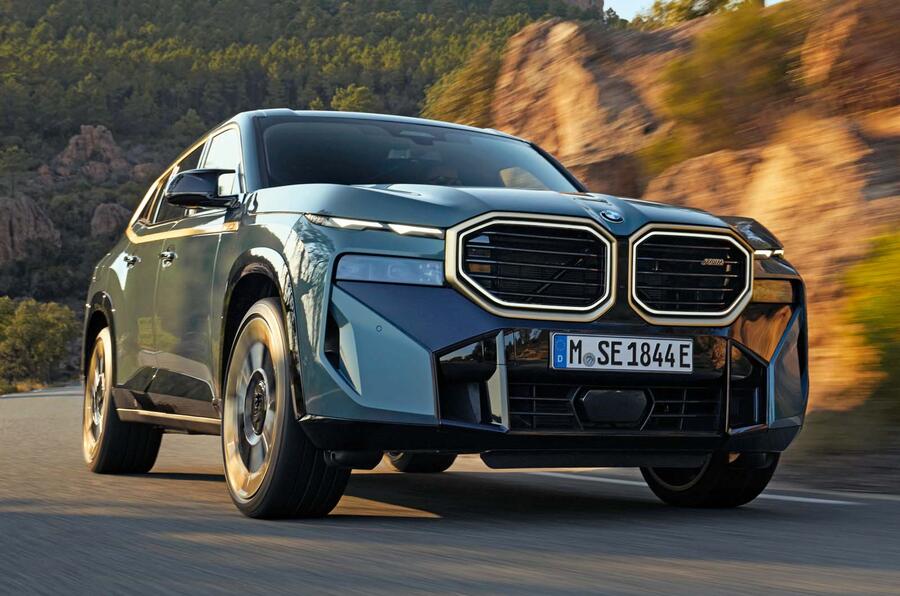
Are we just, y’know, running out of notes? And if so, is it really so surprising we’re running out of lines? There only so many ways you can draw around four wheels and a car’s oily (or electrical) bits if one also has to include the certain number and location of seats, doors, windows and lights, plus bumpers so soft that hitting a deer writes off the car. So the new Ford Capri looks a bit like a Polestar 2? Well, it has to look like something.
Maybe I should start being kinder to wilfully ugly cars. Say what you like about the absolute munter that is BMW’s XM – plenty of people have – but you will not mistake it for an Omoda 5.
I think electrification isn’t helpful. If you don’t need a grille to cool an engine then you don’t have a signature identifier in the most prominent position on the car. In fact, given that it would upset the aerodynamics so much – and that’s so important for an electric car’s range – you’d better not have one. A person can design plenty of different pretty shapes, but a wind tunnel will say only one of them is the most efficient.
That’s something that’s true of even the latest batch of hypercars. I can tell one of those from another, just about, but when outright performance is the overriding criterion, there is still only one way that will work best.
Perhaps, then, the surprise shouldn’t be that I can’t tell so many new cars apart. But that there are still so many I can.
Wrecked Bugatti Chiron Pur Sport Resurfaces With Striking Purple Wrap

Every Electric Car You Can Get Cheaper With the UK Government Grant Right Now
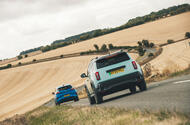 Several electric cars are now £1500 cheaper – and some offer even bigger savings thanks to the ECG
Several electric cars are now £1500 cheaper – and some offer even bigger savings thanks to the ECG
Thinking of going electric? The UK government's Electric Car Grant (ECG) is here to help and the list of models it covers is growing.
The new £650 million scheme provides financial assistance to car buyers by reducing the purchase price of eligible new electric vehicles (EVs).
Relaunched by the government in July 2025, the grant enhances the affordability of zero-emission cars with the ultimate goal of accelerating the adoption of EVs.
Here, we list all the models that are eligible for a discount, spell out what they're like and tell you how much you can save.
Which models are affected by the grant?
The ECG applies to cars priced below £37,000, but they must also meet other criteria.
You’re probably more interested in how much you can save. The grant consists of two tiers: band one and band two. Models in band one attract a grant of £3750, while those in band two qualify for a £1500 grant.
They must also meet driving range, sustainability and warranty measures. These ‘science-based targets’ - particularly the sustainability criteria - are focused on a car maker’s net-zero targets.
The government's calculations to determine eligibility include emissions produced during battery production and vehicle assembly, as well as the carbon footprint of electricity grids in the countries of production.
But which cars are eligible for the grant? We’ve compiled this comprehensive list of all electric car models that currently qualify for a discount, categorised by their grant bands and outlining potential savings. Read on to find out more…
Every car discounted by the grant - and how much you’ll save
Band one – £3750 discount
Original list price: £33,690
Price after grant: £29,940
The E-Tourneo Courier receives the government’s larger, band one discount, meaning you can save £3750. The five-seat MPV is a spacious option that offers up to 2162 litres of cargo space, plus a range of 177 miles.
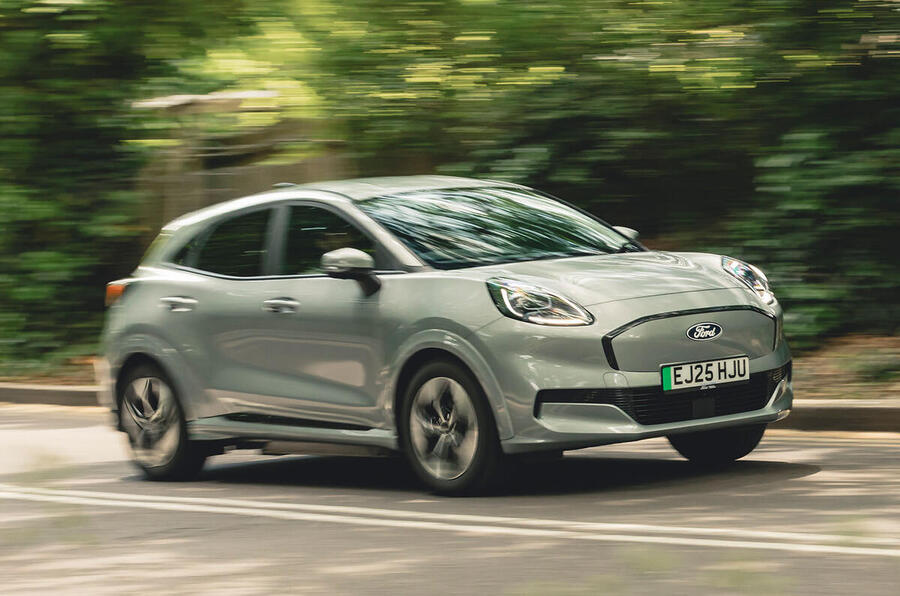
Original list price: £28,999
List price after grant: £25,249
The electric Ford Puma is a good all-around option. It has a huge boot, despite its compact dimensions. It’s also fun to drive and is one of the more efficient mid-sized electric cars on sale right now. Ford claims a range of around 233 miles and charging speeds of up to 100kW.
Band two – £1500 discount
Original list price: £22,095
List price after grant: £20,595
Citroën’s smallest car is comfortable and relaxing, with decent levels of space for the price. It’s also packed full of equipment, including Apple CarPlay and Android Auto, heated seats and a suite of safety tech. Its main downside is a small, 44kWh battery, which produces around 199 miles of range – and that might not be enough for some people.
Original list price: £23,095
Price after grant: £21,595
The ë-C3 Aircross is a larger alternative to the ë-C3, bringing the model’s footprint up to a more traditional SUV size. The ë-C3 Aircross is available with seven seats, plus a larger battery that provides a claimed 247 miles of range. It retains its smaller sibling’s comfort and equipment levels too, which is a key selling point.
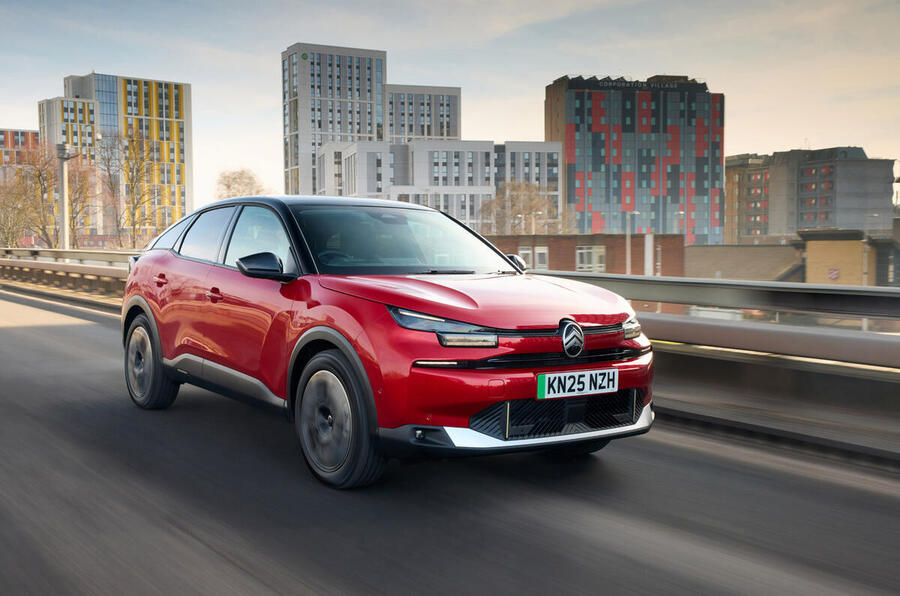
Original list price: £27,650
Price after grant: £26,150
The ë-C4 offers a lot of car for the money, entering the fray as a larger option for the price of some electric superminis. A 54kWh battery enables an official range of 257 miles, and soft suspension means it's a comfortable car for most journeys.
Citroën ë-C4 X
Original list price: £28,715
Price after grant: £27,215
The ë-C4 X is the saloon counterpart to the hatch-bodied C4, offering more leg room and a larger boot. At 510 litres, the ë-C4 X’s cargo space is 130 litres roomier than the hatch's. Range figures are pretty much the same, as is its level of comfort and equipment.
Original list price: £34,065
Price after grant: £32,565
The ë-C5 Aircross is well equipped as standard with features such as a wireless phone charger and a 13in touchscreen that has built-in navigation. The large EV gets a 207bhp electric motor and a 73kWh battery, which, Citroën, says will provide 322 miles of range on a single charge.
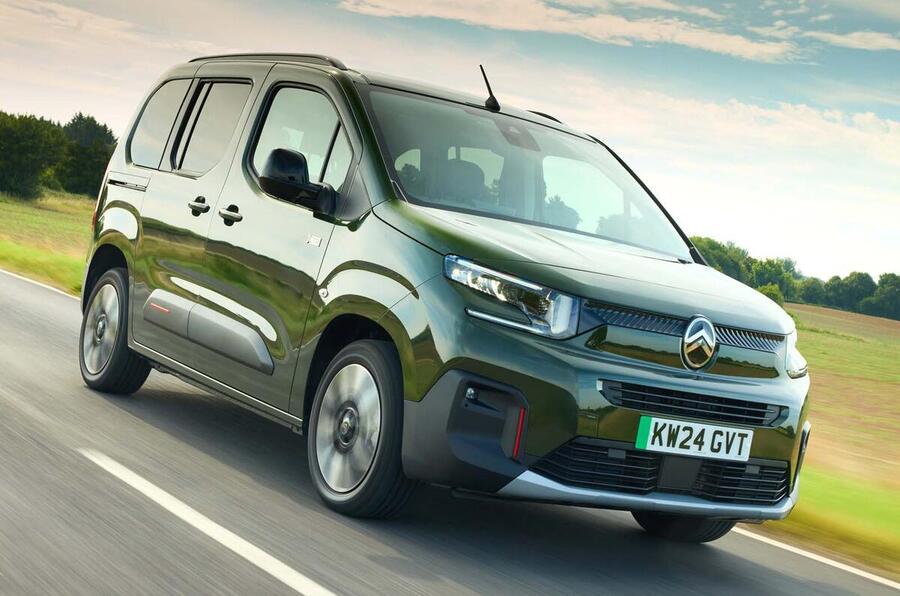
Original list price: £31,240
Price after grant: £29,740
The key selling point of the ë-Berlingo is its cavernous interior, which can accommodate just about anything. Its boot measures 775 litres, and there’s even an XL model with seven seats. Range isn’t really a strong point, though: an official 213 miles from a 52kWh battery.
Citroën ë-SpaceTourer
Original list price: £36,995
Price after grant: £35,495
The ECG also affects vans, and the Citroën ë-SpaceTourer is one that has £1500 knocked off its list price. Citroën claims a range of 136 miles, which might sound pretty poor, but it’s suitable for city–focused deliveries and taxi work, because you can seat up to nine passengers in XL models.
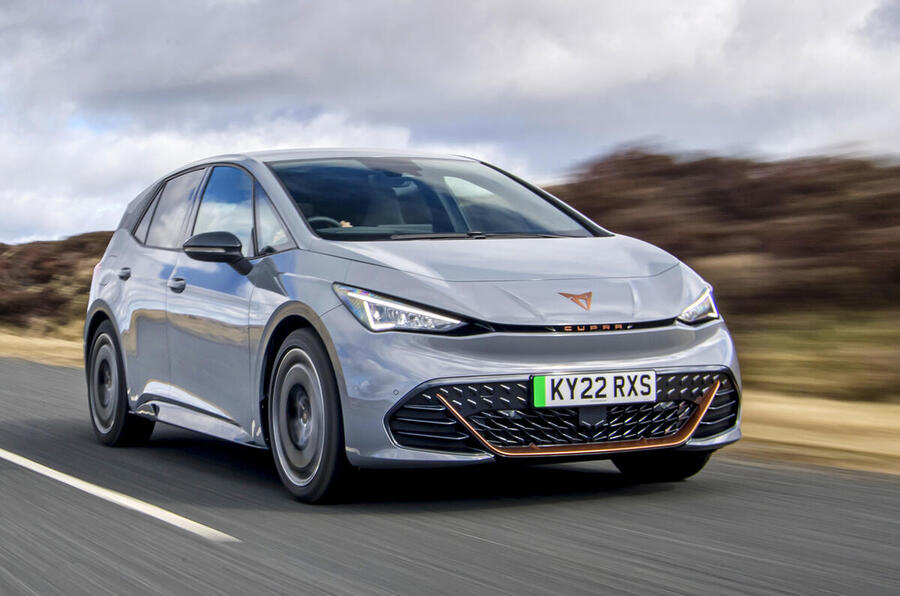
Original list price: £35,690
Price after grant: £34,190
Our former Best Electric Car title holder is still a compelling buy today, thanks to a host of recent updates, including a new infotainment system. The Born is one of the best cars on this list to drive, possessing dynamic handling, a comfortable ride and a claimed range of up to 360 miles. It merits a place near the top of your shortlist, especially with that £1500 grant saving.
Original list price: £36,995
Price after grant: £35,495
The new DS N°4 leads the brand’s design revival, and it’s available with the grant when you select its entry-level Pallas specification level. There’s just one electric powertrain: a 210bhp, single-motor model with a 58.3kWh battery and an official 278 miles of range.
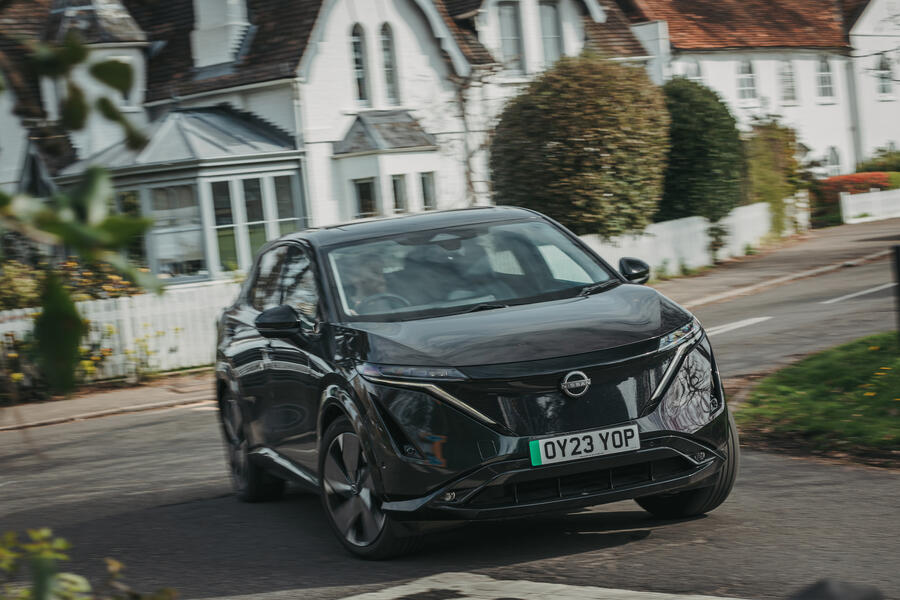
Original list price: £35,000
Price after grant: £33,500
Nissan dropped the Ariya’s price by a dramatic £6000 to make sure it qualified for the government’s grant, which means it’s available for as little as £33,500 after the discount has been applied. All Ariyas that qualify are front-wheel-drive and come with either a 63kWh battery or a 87kWh unit with up to a claimed 310 miles of range.
Original list price: £22,995
Price after grant: £21,495
Renewed and redesigned, the Nissan Micra is back as an all-electric hatchback, this time sharing most of its underpinnings with the Renault 5. That means two battery options – 40kWh and 52kWh – with an official range up to 260 miles. There’s also a maximum charging speed of 100kW.
Original list price: £30,150
Price after grant: £28,650
Peugeot’s supermini becomes a more enticing electric car with the grant, which brings its price down to £28,650. For that, you’ll get a 50kWh battery and a claimed 226 miles of range – though the larger-battery car also qualifies, which gives you 268 miles of range, according to Peugeot.
Original list price: £35,400
Price after grant: £33,900
Like many of the models from brands in the Stellantis stable, the Peugeot e-2008 gets either a 50kWh or a 54kWh battery, offering up to 247 miles of official range. A 434-litre boot means this electric SUV is a good option for families, although it’s still down on the Kia Niro EV’s cargo-carrying abilities.
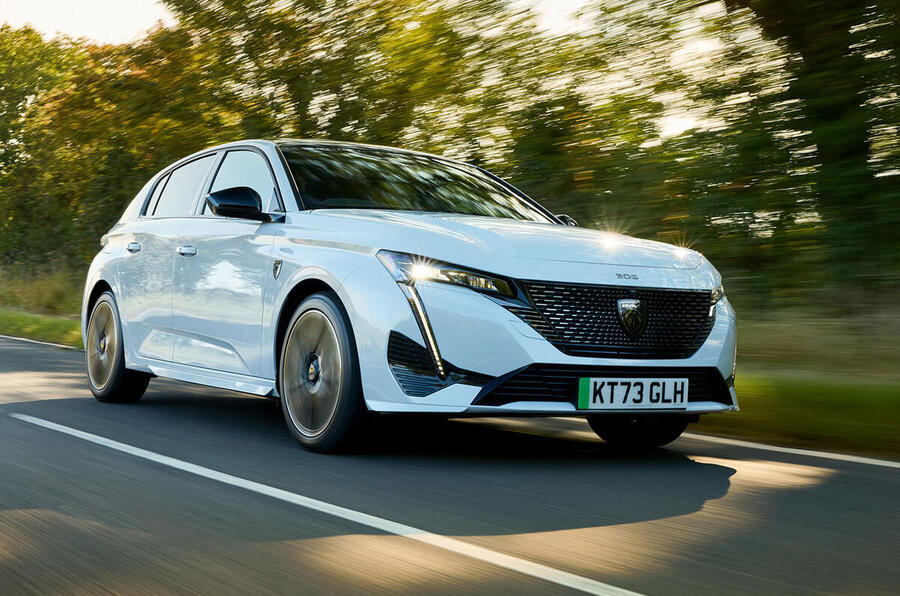
Original list price: £36,460
Price after grant: £34,960
The Peugeot e-308 offers more versatility than most because it’s available as both a hatchback and an estate. Hatch models come with 361 litres of boot space, while the estate gets an impressive 508 litres. Peugeot says you can expect 267 miles from the 54kWh battery.
Peugeot e-Rifter
Original list price: £32,250
Price after grant: £30,750
The e-Rifter shares its underpinnings with the Citroën ë-Berlingo and Vauxhall Combo Life Electric. That means a spacious cabin with room for up to seven people as well as equipment such as a 10in infotainment system, a digital driver's display, overhead storage, rear parking sensors and a heated steering wheel as standard.
Original list price: £26,995
Price after grant: £25,495
Thirty years after the Renault 4 last appeared, it returned as a small electric crossover. Don’t think the model’s heritage has been lost, though, because the new one gets a retro-inspired design with cues from its predecessor. Renault also claims a competitive range of 247 miles.
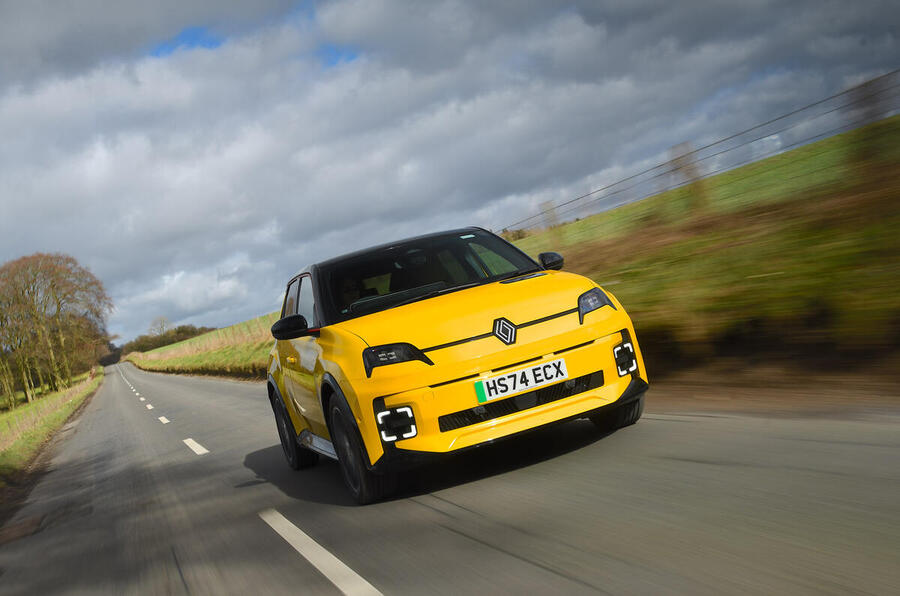
Original list price: £22,995
Price after grant: £21,495
The Renault 5 is one of the most talked-about cars of the year, and for good reason. It’s fun to drive, comfortable and has a class-leading interior, as well as a good, usable range between charges. Drivers can choose from either a 40kWh or a 52kWh battery for up to a claimed 250 miles. You can charge up to speeds of 100kW too.
Original list price: £33,500
Price after grant: £32,000
With excellent handling, a punchy powertrain and old-school charm, the Alpine A290 shows that the hot hatchback still has a place in the EV era. The 217bhp variant enables 0-62mph in 6.4sec,
Renault Megane E-Tech Electric
Original list price: £32,495
Price after grant: £30,995
The Megane provides a 215bhp motor and a 60kWh battery for a claimed 285 miles of range. It also has a heat pump as standard, which is vital for boosting efficiency. There’s a larger, 12in infotainment system following a 2024 update, plus adaptive cruise control as standard too.
Original list price: £36,995
Price after grant: £35,495
Once an MPV, the Scenic is an SUV these days. It employs the same 215bhp powertrain as the Megane but adds a much larger battery. Its 87kWh size enables an official range of up to 379 miles, which is almost as impressive as its practical, 545-litre boot.

Original list price: £31,710
Price after grant: £30,210
Few cars on this list are more capable than the Skoda Elroq. Most versions of the model are eligible for the grant discount, including the Elroq SE L 85, which offers an 82kWh battery and up to 356 miles of range, according to Skoda.
Original list price: £39,010
Price after grant: £37,510
Oddly enough, the Skoda Enyaq has a list price above the government’s £37,000 threshold, but it still qualifies for the grant because it shares much of its underpinnings with the Elroq. That means you can snap up an Enyaq SE L or Edition 60 for £1500 less than usual. For that, you’ll get a competitive 270 miles of range, based on the official figures.
Original list price: £36,995
Price after grant: £35,495
Just one variant of the Toyota bZ4X qualifies for the grant: the entry-level Pure model, which comes with a claimed 318-mile range and the potential to cover 0-62mph in 7.5sec. It also feaures wireless Apple CarPlay and Android Auto, automatic wipers, a heat pump and adaptive cruise control.
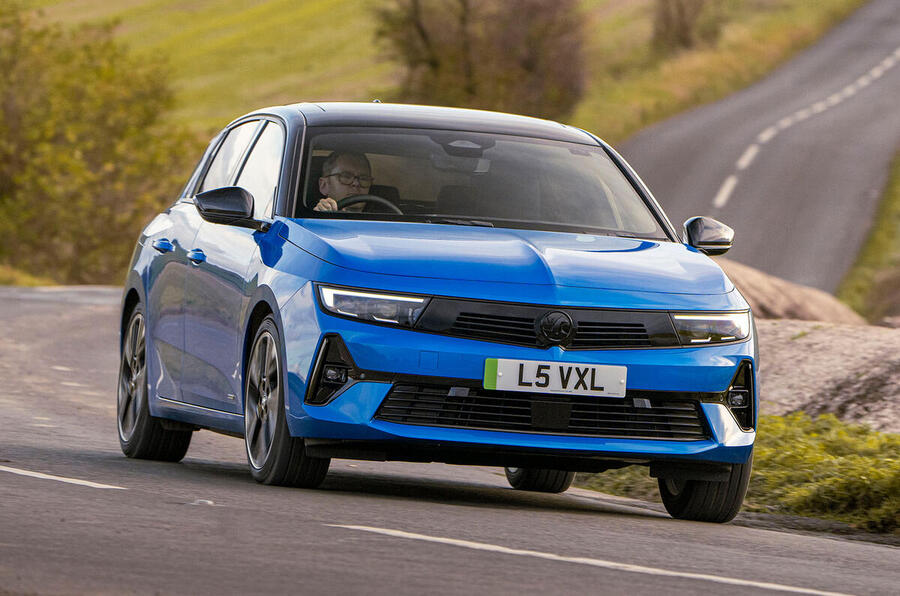
Original list price: £35,005
Price after grant: £33,505
The electric Astra shares its underpinnings with the Peugeot e-208, including its battery. Vauxhall claims a range of 256 miles and its power output is 153bhp. Like the Peugeot, there’s a choice of a hatch or a roomier estate.
Vauxhall Combo Life Electric
Original list price: £32,190
Price after grant: £30,690
The Combo Life is a sibling to the Citroën ë-Berlingo. There’s a choice of five- or seven-seat layouts, but just one battery: a 52kWh unit. In the Combo, it produces an official 213 miles of range. Boot space is rated at 597 litres and there are 27 different storage areas around the car.
Original list price: £27,505
Price after grant: £26,005
Formerly the UK’s best-selling car, the Vauxhall Corsa is just as good to drive with battery power as it is with a combustion engine. At its lowest price, you’ll get the small battery with a claimed 223 miles of range. Thankfully, the larger-battery model with a 54kWh unit is also available with the grant and it produces a far more practical 256 miles of range, according to the official figures.
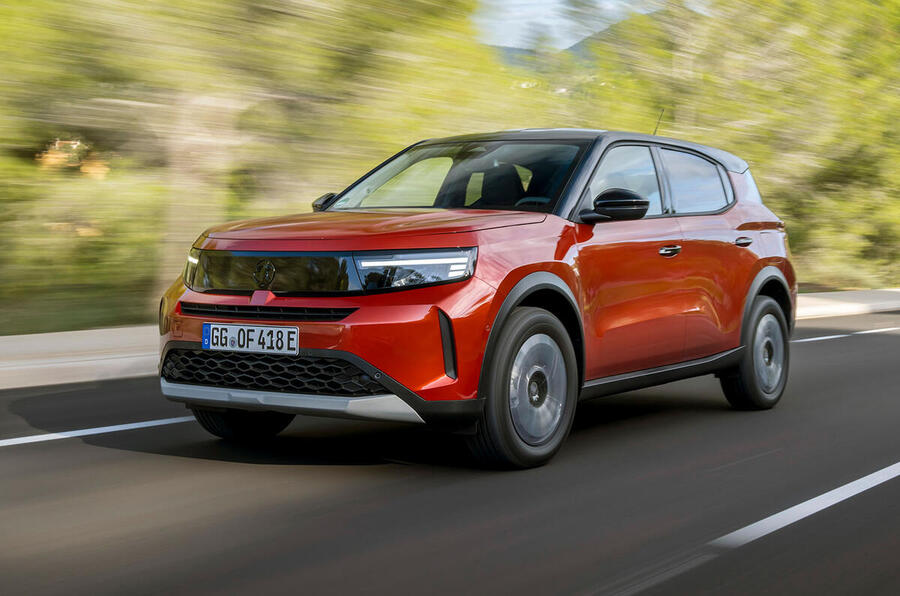
Original list price: £23,995
Price after grant: £22,495
Vauxhall recently revived the Frontera name for a small electric crossover, which shares its footprint and mechanicals with the Citroën ë-C3. Like the Citroën, it produces a claimed 189 miles of range from a 44kWh battery as standard, but it also offers a 54kWh battery for an official range figure of 252 miles.
Original list price: £36,995
Price after grant: £35,455
If the Corsa and Frontera are too small, you can look to the Grandland. Thanks to a 72kWh battery, it promises 323 miles of range and an even longer-range, 97kWh version is coming soon too, although we expect that to fall outside of the EV grant threshold. Boot space is 550 litres – close to that of the Skoda Enyaq and Tesla Model Y.
Original list price: £32,505
Price after grant: £31,005
Just one electric option is available for the Vauxhall Mokka. It comes with a 54kWh battery and a claimed 252 miles of range. Maximum charging speed is capped at 100kW and its single electric motor produces 154bhp. That’s sufficient to get you from 0-62mph in 9.0sec.
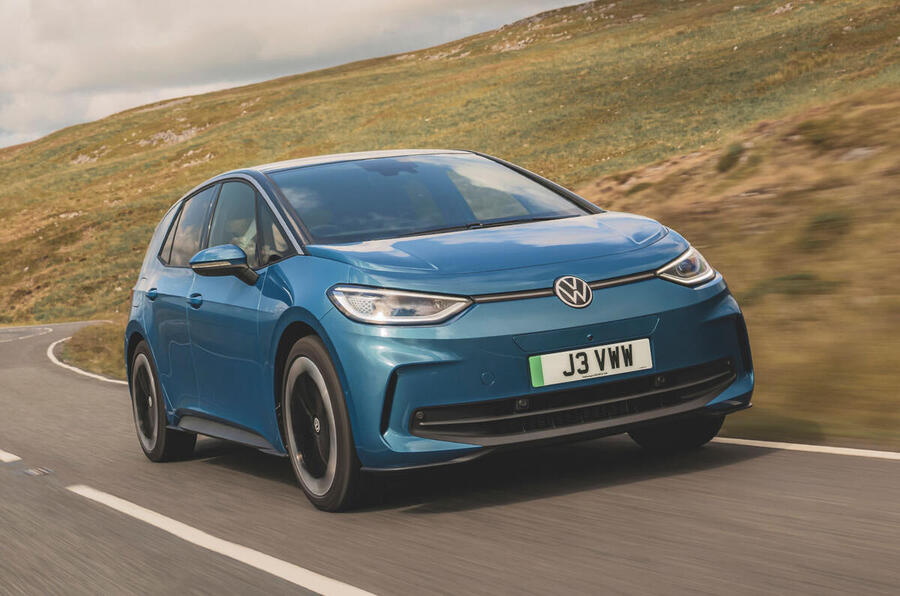
Original list price: £32,350
Price after grant: £30,850
The Volkswagen ID 3 is good to drive and a sensible option for people looking to combine efficiency and comfort. Entry-level cars get a claimed range of 241 miles, but you can also step up to Pro S Essential models with 352 miles of range and still qualify for the grant.



